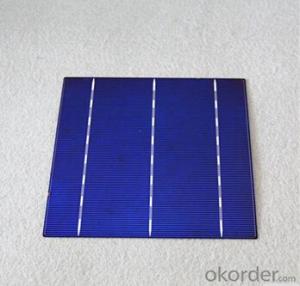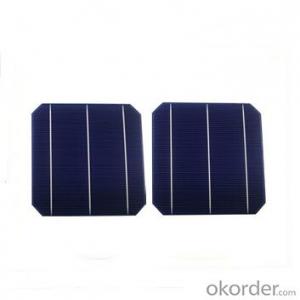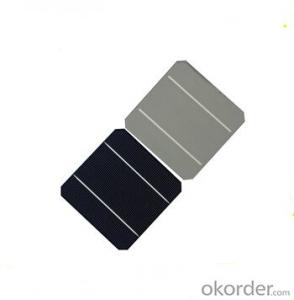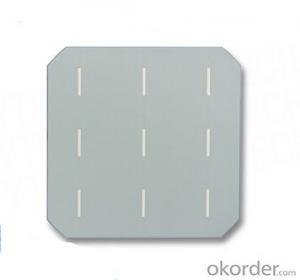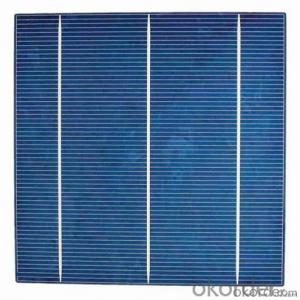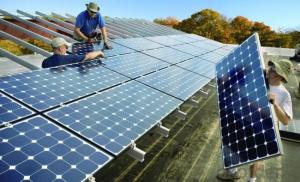Chalcogenide Solar Cells
Chalcogenide Solar Cells Related Searches
Except For Solar Cells Weegy Problems With Solar Cells High Power Solar Cells Light Trapping In Solar Cells High Performance Solar Cells High Output Solar Cells High Wattage Solar Cells Energy Transfer In Solar Cells High Efficiency Hvac Systems Recombination In Solar CellsHot Searches
Cheap Solar Cells For Sale Flexible Solar Cells For Sale Q Cells Solar Panels For Sale Printed Solar Cells For Sale Bulk Solar Cells For Sale 6x6 Solar Cells For Sale Broken Solar Cells For Sale Cpv Solar Cells For Sale Photoelectric Cells For Sale Price Of Silicon Solar Cells Price Of Solar Cells Over Time Buy Solar Cells From China Cheap Solar Cells China Best Type Of Solar Cells Flexible Solar Cells Price Q Cells Solar Panels Price 3 Types Of Solar Cells Production Of Solar Cells Common Types Of Solar Cells Q Cells Solar Panel PricesChalcogenide Solar Cells Supplier & Manufacturer from China
Okorder.com is a professional Chalcogenide Solar Cells supplier & manufacturer, offers integrated one-stop services including real-time quoting and online cargo tracking. We are funded by CNBM Group, a Fortune 500 enterprise and the largest Chalcogenide Solar Cells firm in China.Hot Products
FAQ
- Is there any easy way to make a solar cell? I want to make a DIY solar cell with my child at home.
- Get all the materials required in making a solar cell, and you are half way done!
- How do people price solar cells? Is it based on a specific way of calculating the cost of solar cells?
- Here is an example of doing the calculation, just for your reference: According to the same calculation method, 10 kilowatts of distributed photovoltaic power generation equipment to recover the cost of 9-10 years. Home photovoltaic power plant to recover the cost of the average period between 8-10 years.
- Yes, solar cells can be used for indoor applications. While solar cells are primarily designed to harness sunlight and convert it into electricity, they can also generate power from indoor lighting sources such as fluorescent or LED lights. However, the amount of electricity generated indoors is generally lower compared to outdoor conditions due to the reduced intensity of indoor lighting. Nonetheless, solar cells can still be used effectively for powering small devices or charging batteries in indoor settings.
- Solar cells generally perform slightly less efficiently in areas with high levels of air humidity. This is because the water molecules in the air can scatter and absorb some of the incoming sunlight, reducing the amount of light that reaches the solar cells. However, the impact of humidity on solar cell performance is generally minimal and can be compensated by using anti-reflective coatings or cleaning the panels regularly.
- Solar cells contribute to reducing greenhouse gas emissions by converting sunlight into electricity without the need for burning fossil fuels. As solar cells generate clean and renewable energy, they help to offset the use of fossil fuel-based power plants that release harmful greenhouse gases into the atmosphere. By utilizing solar energy, we can decrease our reliance on carbon-intensive energy sources, thus mitigating climate change and reducing greenhouse gas emissions.
- Solar cells have a positive impact on air pollution as they produce clean and renewable energy, reducing the reliance on fossil fuels. By generating electricity from sunlight, solar cells help to decrease the emission of harmful pollutants and greenhouse gases that contribute to air pollution and climate change.
- The lifespan of a solar cell can vary depending on various factors, but on average, solar cells have a lifespan of around 25 to 30 years. However, with proper maintenance and care, solar cells can even last longer, sometimes up to 40 years or more.
- Why should the solar cells be laserized?
- Extended reading: Through the practice of testing and manufacturers, Tuopu photoelectric laser etching technology summary, the results of the current solar photovoltaic industry using laser etching scribing technology P1 level using narrow pulse infrared nano-laser is the most ideal,

















